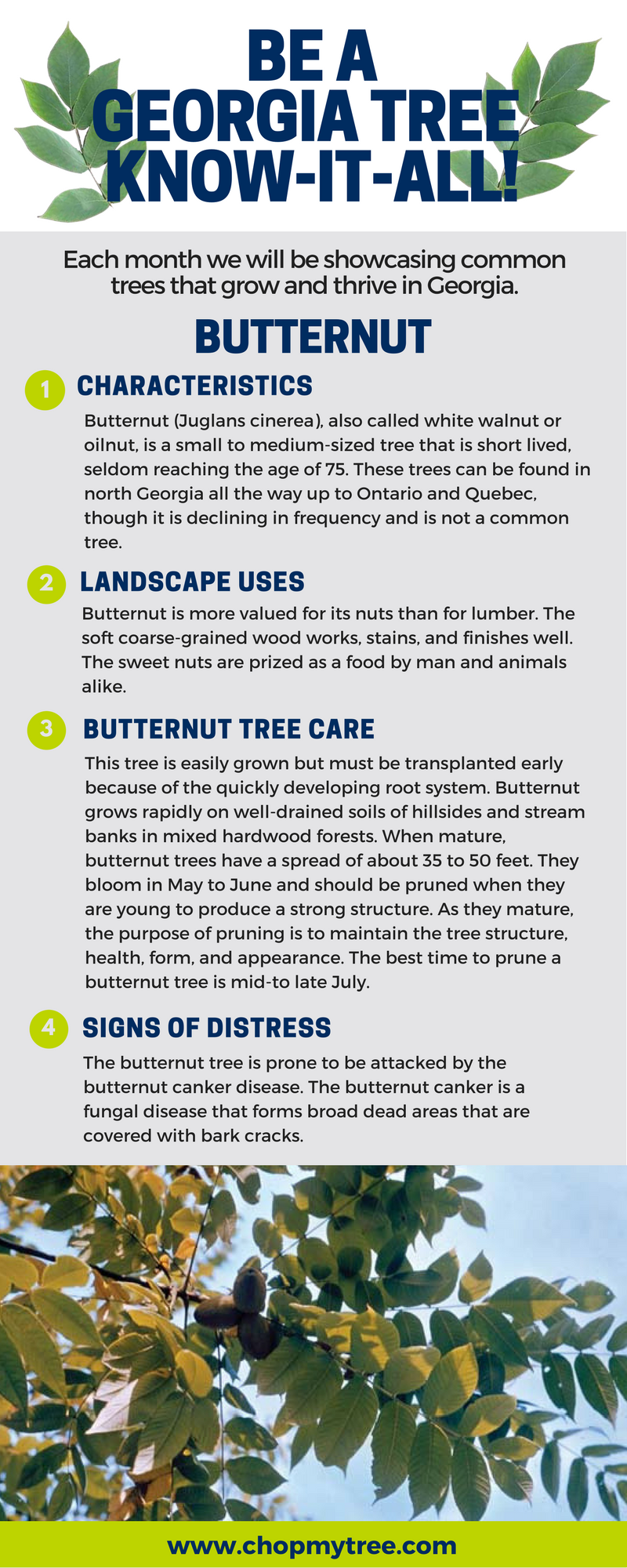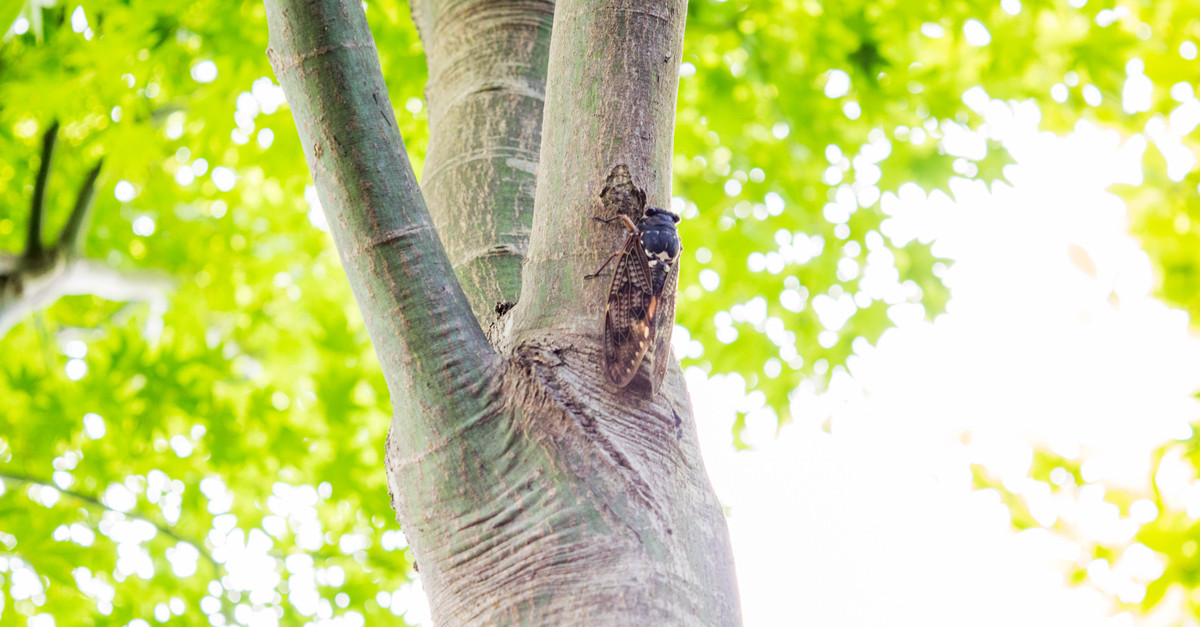Are you looking for a neat way to grow your own fruit trees? If so, there’s a good chance you can start in your kitchen. That’s right. You can use leftovers and scraps in your kitchen to grow fruit trees. Let’s take a closer look at how you can do this.
How to Use Scraps in the Kitchen to Grow Fruit Trees
First, you will need to find any leftover fruit. The type of fruit you have will, of course, determine the type of fruit trees you are able to grow. For now, let’s take a look at what you will need to grow a pineapple tree, orange tree, and tomato plant.
What you need:
- Leftover pineapple
- Leftover orange
- Leftover tomato
- Cups
- Toothpicks
- Seed-starting soil
Pineapple Tree
To grow a pineapple tree, you are first going to slice off the crown of the leftover pineapple (you want as little fruit attached to it as possible). Now, pluck off the leaves, making sure that five inches of the crown can be seen. Next, set the crown outside in a sunny spot for two to seven days to ensure it dries as much as possible. Once dry, place the crown in a glass of water, using toothpicks to hold it up so that only about a quarter of the bottom part of it is in the water (the pointy end should be facing upward, not touching the water). You will want to change the water once a week. After two to three weeks, roots should be visible and you will transfer the plant into the seed-starting soil once the roots have achieved two to three inches in length.
Tomato Plant
- Take a leftover tomato and slice it into three horizontal pieces.
- Fill a cup three-fourths of the way with seed-starting soil and lay the pieces of tomato on top.
- Cover the tomato pieces with more soil until the cup is almost full.
- Leave in direct sunlight and moisten the soil frequently.
- Watch your tomato plant grow.
Orange tree
Take the seeds out of a leftover orange and clean them with tepid water. Next, fill a plastic cup with seed-starting soil, but make sure you first create two to four drainage holes in it. Now, push your seeds about a half inch under the soil and add just a bit of water to ensure the soil is moistened but not soggy. Take plastic wrap and cover the cup and set it in a warm place. Once the seed has sprouted, you will need to remove the plastic and set in a sunny spot. Water the seedling often, but with only small amounts of water. If the tree becomes too large, you can plant it in the ground or move to a larger container.
Here at Premier Tree Solutions, we love all trees. We’re experts at trimming, pruning, storm cleanup, tree removal, stump grinding, and many other services. Give us a call today at 404-252-6448 or contact us here.








